Discover Harbin: The Enchanting Ice City of China
1. Introduction: A City of Frost and Heritage
Harbin, the capital of Heilongjiang Province in northeastern China, is a mesmerizing blend of Chinese, Russian, and European influences. Founded in 1898 as a railway hub for the Russian Empire, Harbin evolved into a cosmopolitan city with a rich cultural legacy. Today, it is globally renowned for:
-
The Harbin International Ice and Snow Festival (the world’s largest winter extravaganza)
-
Stunning Russian-style architecture
-
Thrilling winter sports and unique ice activities
-
A vibrant food scene blending Chinese and Russian flavors

A. Geographical Significance:
-
Positioned along the Songhua River, Harbin connects China to Russia via important trade routes.
-
Acts as a gateway to Manchuria and the Russian Far East, historically serving as a key railway junction.
-
Known as the "Ice City" due to its long, harsh winters, with temperatures dropping below -30°C (-22°F).

B. Historical Development:
-
1898: Founded as a railway town during the construction of the Chinese Eastern Railway by Russia.
-
Early 20th century: Became a cosmopolitan hub with Russian, Jewish, and European communities, earning the nickname "Eastern Moscow."
-
1932-1945: Occupied by Japan during the Manchukuo period, leaving behind some colonial-era architecture.
-
Post-1949: Developed into an industrial powerhouse under China’s planned economy, specializing in heavy machinery and energy production.
-
1985-Present: Gained global fame through the Harbin International Ice and Snow Festival, transforming into a top winter tourism destination.

C. City’s Modern Significance:
-
Economic Role: A major center for agriculture, manufacturing, and trade with Russia.
-
Cultural Role: Preserves a unique blend of Chinese and Russian heritage in its architecture, food, and festivals.
-
Tourism Role: One of China’s top winter travel destinations, attracting millions for its ice sculptures and skiing.

Whether you're an adventure seeker, a history buff, or a photography enthusiast, Harbin offers an unforgettable experience in every season.
2. Historical & Cultural Background
A. Russian & European Influence:
-
Harbin was once a major Russian settlement along the Chinese Eastern Railway, leading to a strong European architectural presence.
-
The city was home to Russian exiles, Jewish merchants, and international traders in the early 20th century, creating a unique multicultural heritage.
-
Landmarks like Saint Sophia Cathedral and Central Street still reflect this history.

B. The Birth of the Ice Festival:
-
The Harbin Ice and Snow Festival began in 1985 and has since grown into a world-class event, featuring:
-
Gigantic ice castles, sculptures, and illuminated displays
-
Snow carving competitions attracting artists globally
-
Winter sports like ice skating, sledding, and snowmobiling
-

C. Culinary Fusion:
-
Russian-inspired dishes: Lieba (Russian sourdough bread), smoked sausage, borscht
-
Northeastern Chinese specialties: Harbin beer, Dumplings, Guobaorou ( Sweet and Sour Fried Pork), Tie Guo Dun (Iron Pot Stew).
-
Street snacks: Sugar-coated hawthorns, frozen fruit, and grilled skewers

3. Must-Visit Attractions in Harbin
A. Harbin Ice and Snow World:
-
Why Visit? The crown jewel of winter tourism, featuring:
-
Massive ice buildings replicating global landmarks (e.g., the Great Wall, Notre-Dame)
-
LED-lit sculptures creating a dazzling nighttime spectacle
-
Ice slides, mazes, and entertainment zones for all ages
-
-
Best Time to Go: Evening (when the lights turn on)
-
Insider Tip: Visit after sunset for the full magical effect.

B. Saint Sophia Cathedral:
-
Why Visit? A former Russian Orthodox church (built in 1907) turned Harbin Architectural Art Museum.
-
Key Features:
-
Byzantine-style domes and brick-red exterior
-
Historical exhibits on Harbin’s multicultural past
-
A picturesque square perfect for photography
-
-
Best Time to Go: Daytime (for clear photos) or evening (when it’s lit up).

C. Central Street (Zhongyang Street):
-
Why Visit? A 1.4 km-long pedestrian street with Baroque, Renaissance, and Art Nouveau buildings.
-
Highlights:
-
Shopping: Russian souvenirs, fur hats, local snacks
-
Food: Madier Ice Cream (a must-try, even in winter!), smoked sausages
-
Architecture: Former banks, consulates, and theaters from the 1920s
-
-
Best Time to Go: Morning (less crowded) or evening (lively atmosphere).
D. Siberian Tiger Park:
-
Why Visit? The world’s largest Siberian tiger breeding base (over 500 tigers).
-
Experience:
-
Safari bus tour (see tigers up close!)
-
Feeding sessions (watch tigers hunt live prey)
-
Other big cats: Lions, ligers, and leopards
-
-
Best Time to Go: Morning (tigers are most active).

E. Songhua River & Stalin Park:
-
Why Visit? In winter, the river freezes solid, becoming a giant ice playground.
-
Activities:
-
Ice skating & sledding
-
"Throwing Water into Ice" experiment (hot water instantly freezes in mid-air!)
-
Winter swimming (for the brave!)
-
-
Best Time to Go: December–February (when the ice is thickest).

F. Sun Island Scenic Area:
-
Why Visit? A snow sculpture park rivaling the Ice and Snow World.
-
Highlights:
-
International Snow Sculpture Art Expo (massive snow carvings)
-
Russian-style villas & gardens
-
Summer attractions: Flower fields, lakes, and bike trails
-
-
Best Time to Go: Winter (for snow art) or summer (for greenery).

4. Seasonal Travel Guide
Winter (Dec–Feb)
-
Pros: Ice Festival, skiing, magical snowscapes
-
Cons: Extremely cold (-20°C to -30°C)
-
What to Wear: Thermal layers, down jacket, insulated boots, gloves, face mask

Summer (Jun–Aug)
-
Pros: Pleasant weather (20–28°C), lush parks, river cruises
-
Cons: Crowded tourist spots
-
What to Wear: Light clothing, sunglasses, sunscreen
Shoulder Seasons (Mar–May / Sep–Nov)
-
Pros: Fewer crowds, mild weather
-
Cons: Less ice/snow activities

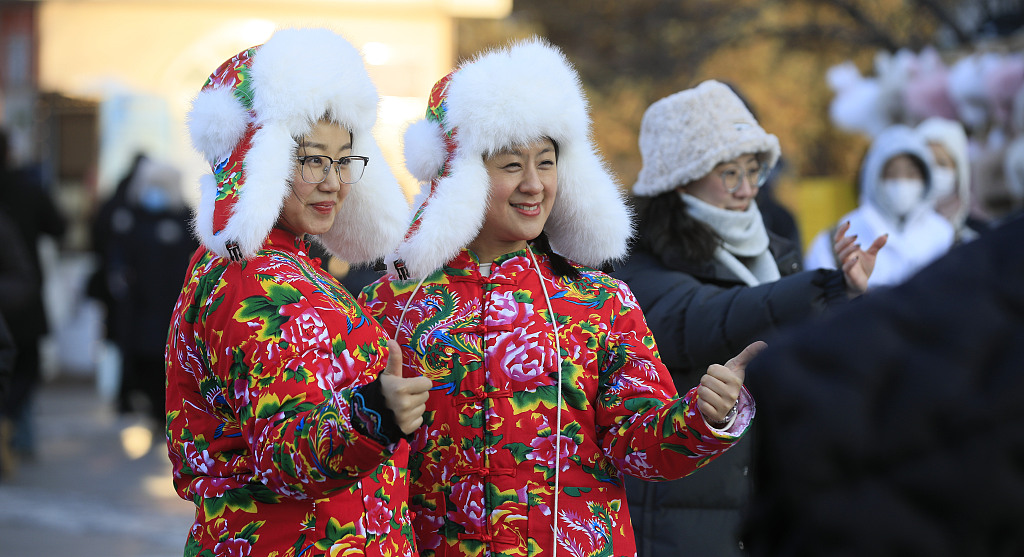
5. Travel Tips & Recommendations
✔ Best Time for Ice Festival: Early January (fewer crowds than Chinese New Year)
✔ Skiing Nearby: Yabuli Ski Resort (3.5 hours away, China’s best slopes)
✔ Transport: Use taxis or Didi (affordable), avoid unlicensed cabs
✔ Local Food Must-Tries:
-
Harbin Smoked Sausage (famous for its rich flavor)
-
Russian Borscht (beet soup with sour cream)
-
Guo Bao Rou (sweet & crispy pork)

6. Conclusion: Why Harbin Should Be on Your Bucket List
Harbin is not just a winter wonderland—it’s a city where history, culture, and adventure collide. Whether you’re:
-
Marveling at ice palaces
-
Exploring Russian-era architecture
-
Tasting unique China Northeastern cuisine
-
Braving the cold for once-in-a-lifetime experiences
…Harbin promises an unforgettable journey into China’s frosty north. Pack your warmest clothes and get ready to explore! ❄️🏰



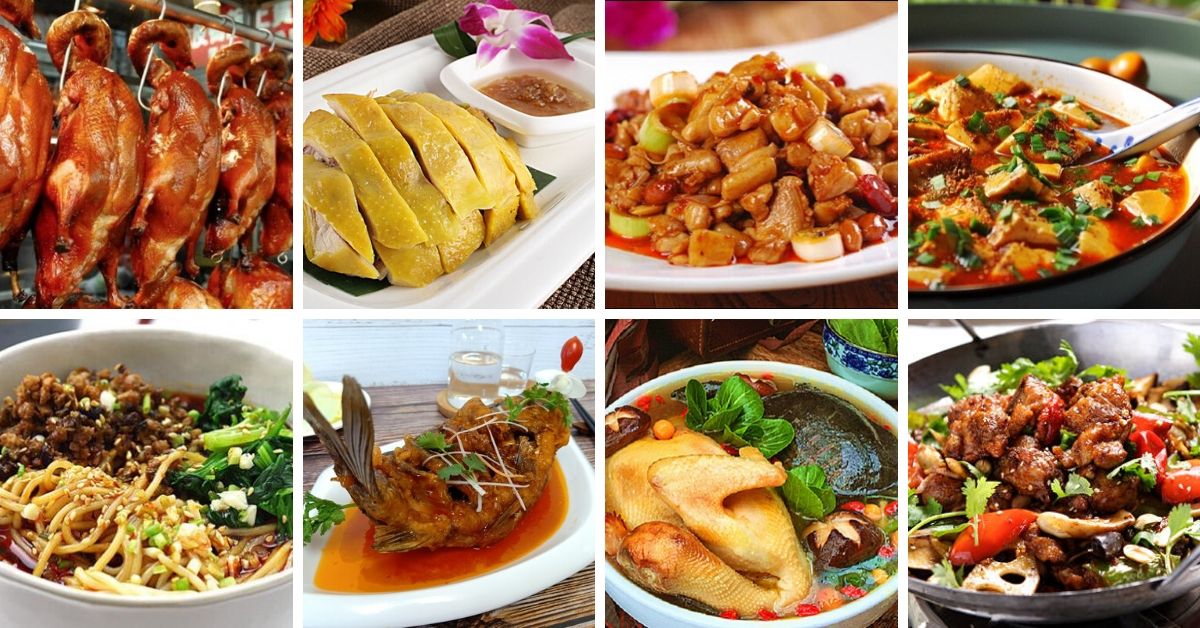
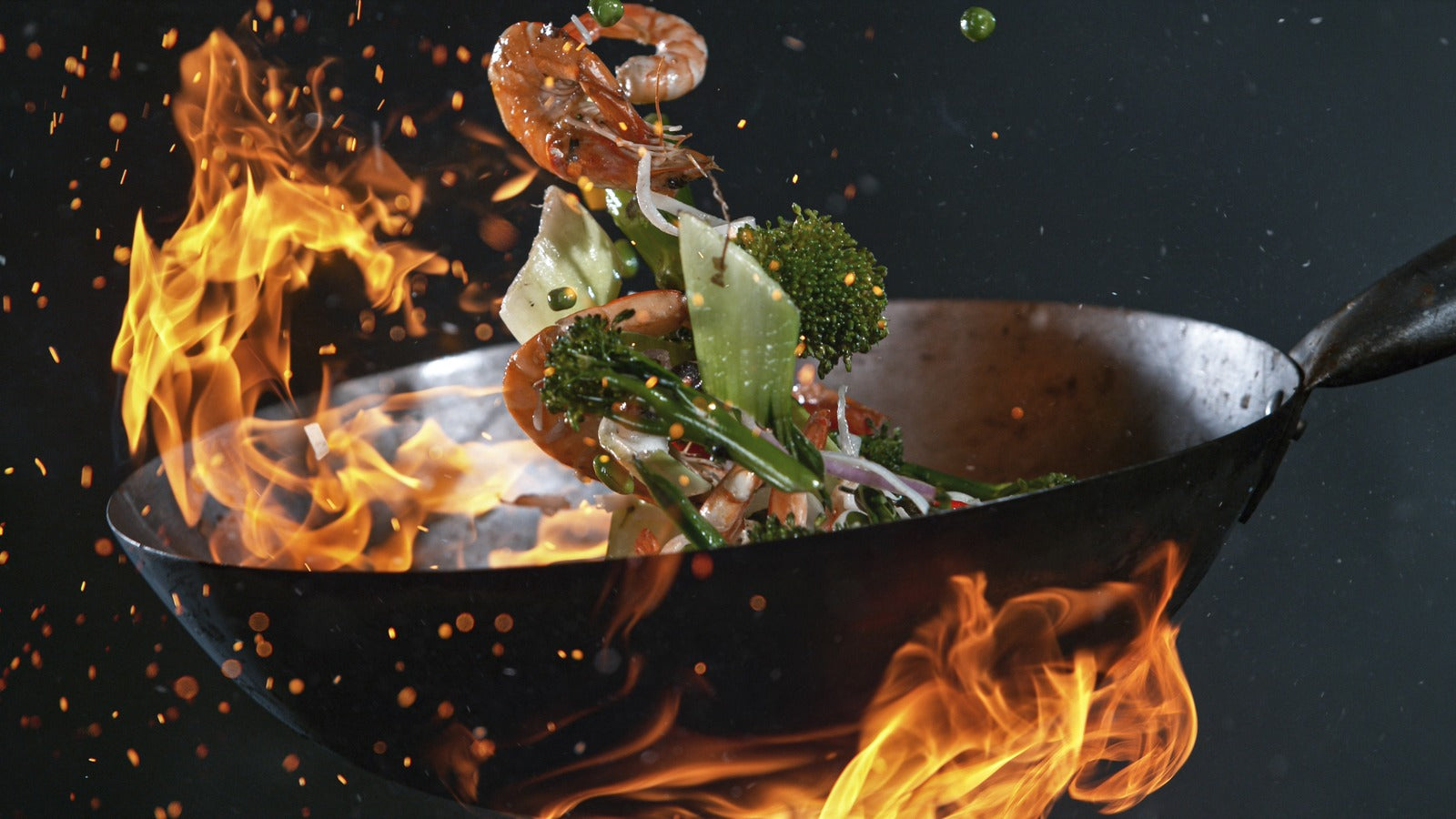
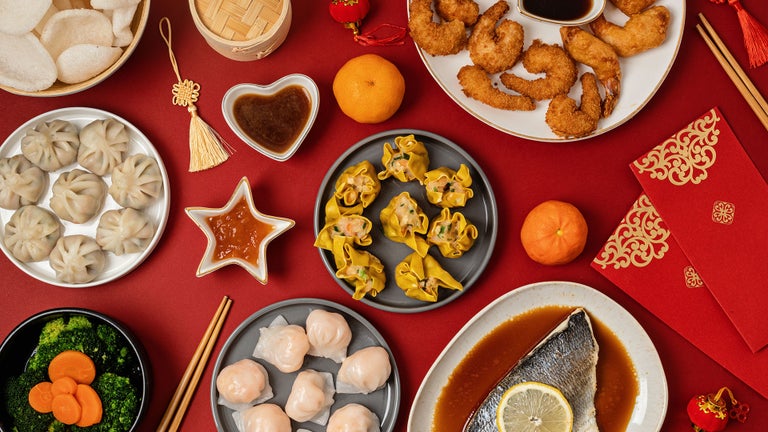
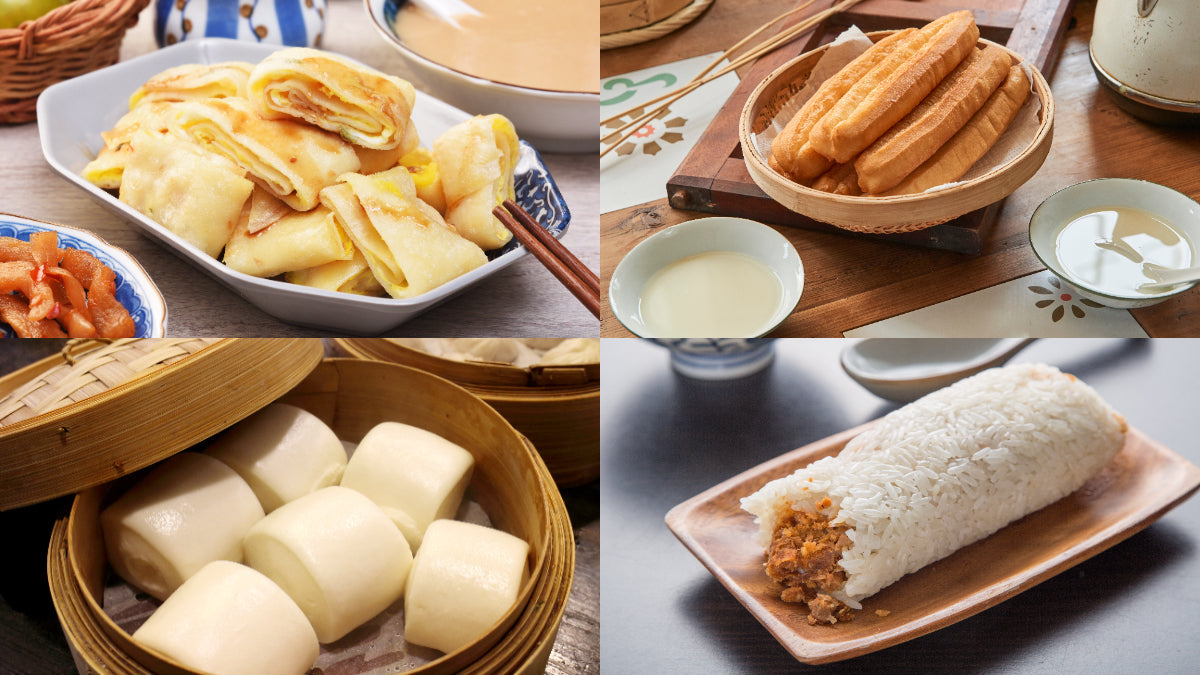
Share:
Discover the Great Wall of China: A Must-Visit Destination for Filipino Travelers
Discover Shanghai : The Dazzling Metropolis of China